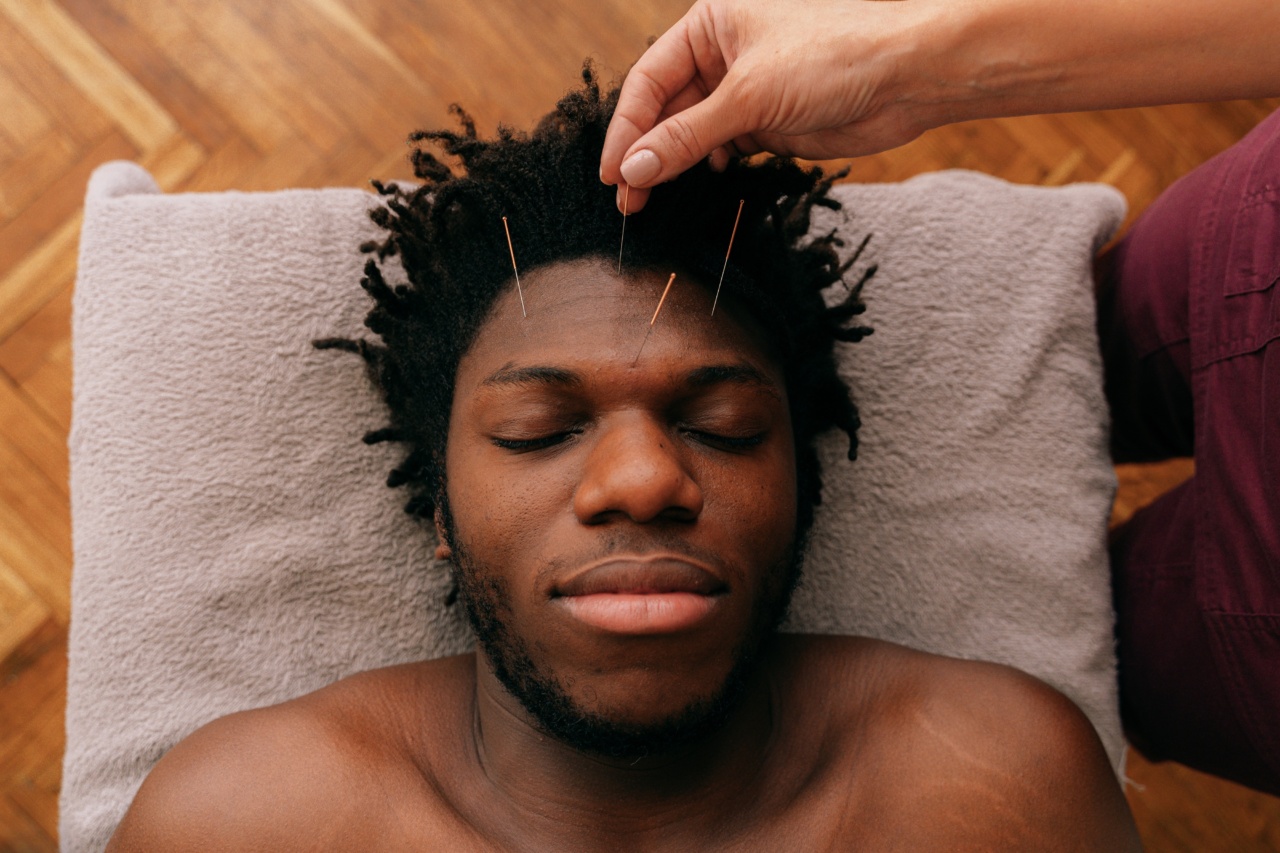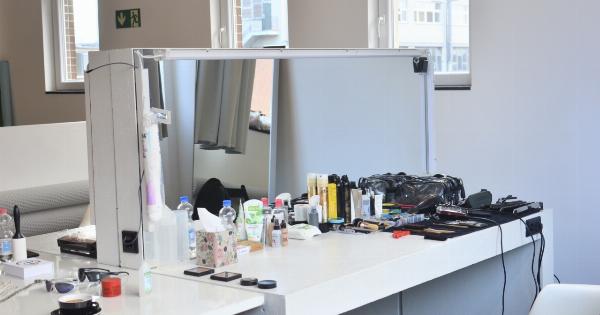Hair loss is a common problem in both men and women, and it can be caused by a variety of factors, including genetics, hormonal imbalances, and environmental factors. If you’re experiencing hair loss, you’re not alone.
Millions of people across the world suffer from hair loss, and it can be a frustrating and discouraging experience.
Fortunately, there are a variety of treatments available that can help you stop hair loss and even regrow hair. In this article, we will discuss the one-stop solution to cure hair loss and help you regain your confident mane.
What are the Causes of Hair Loss?
Hair loss can be caused by many different factors, including genetics, hormonal imbalances, and environmental factors such as stress, pollution, and poor nutrition.
Understanding what is causing your hair loss is important in developing an appropriate treatment plan.
How Can You Stop Hair Loss?
The one-stop solution to cure hair loss is to adopt a comprehensive approach that addresses all the underlying causes of hair loss. Here are the five steps to stop hair loss:.
Step 1: Diet and Nutrition
One of the most important factors affecting hair growth is diet. Your hair needs specific nutrients to grow and maintain its health, such as vitamins A, B, C, D, and E, as well as iron, protein, biotin, and zinc.
Eating a balanced diet that includes these nutrients can help support your hair growth. Some foods that are particularly beneficial for hair health include leafy green vegetables, nuts, whole grains, and fish.
Step 2: Reduce Stress
Stress can contribute to hair loss and thinning. When you’re stressed, your body produces more cortisol, a hormone that can cause hair loss. Reducing stress can help prevent hair loss and improve overall health and well-being.
Some effective stress-reducing techniques include meditation, deep breathing, and yoga. You can also try to reduce your overall stress by making time for relaxation and self-care, such as taking a warm bath or reading a book.
Step 3: Topical Treatments
There are many topical treatments available that can help stop hair loss and stimulate hair growth.
Some popular options include minoxidil, which is a medication that stimulates hair growth, and laser therapy, which uses low-level laser light to improve hair growth.
Other topical treatments include hair growth shampoos and conditioners, which incorporate ingredients like biotin, keratin, and growth factors to promote hair health and regrowth.
Step 4: Hormone Therapy
Sometimes hormonal imbalances can contribute to hair loss. For example, women who experience hair loss during menopause may benefit from hormone replacement therapy.
This type of treatment helps restore the balance of hormones in the body and can help reduce hair loss and thinning.
Step 5: Hair Transplant Surgery
For those who have advanced hair loss, hair transplant surgery may be a viable option. This type of surgery involves transplanting hair follicles from a donor site to the area where hair is thinning or balding.
The procedure is typically done on an outpatient basis and can be very effective in restoring hair growth and improving overall appearance.
The Bottom Line
Hair loss can be a frustrating and discouraging experience, but it’s important to remember that there are many effective treatments available.
By adopting a comprehensive approach that addresses the underlying causes of hair loss, you can regain your confident mane and feel your best.



























